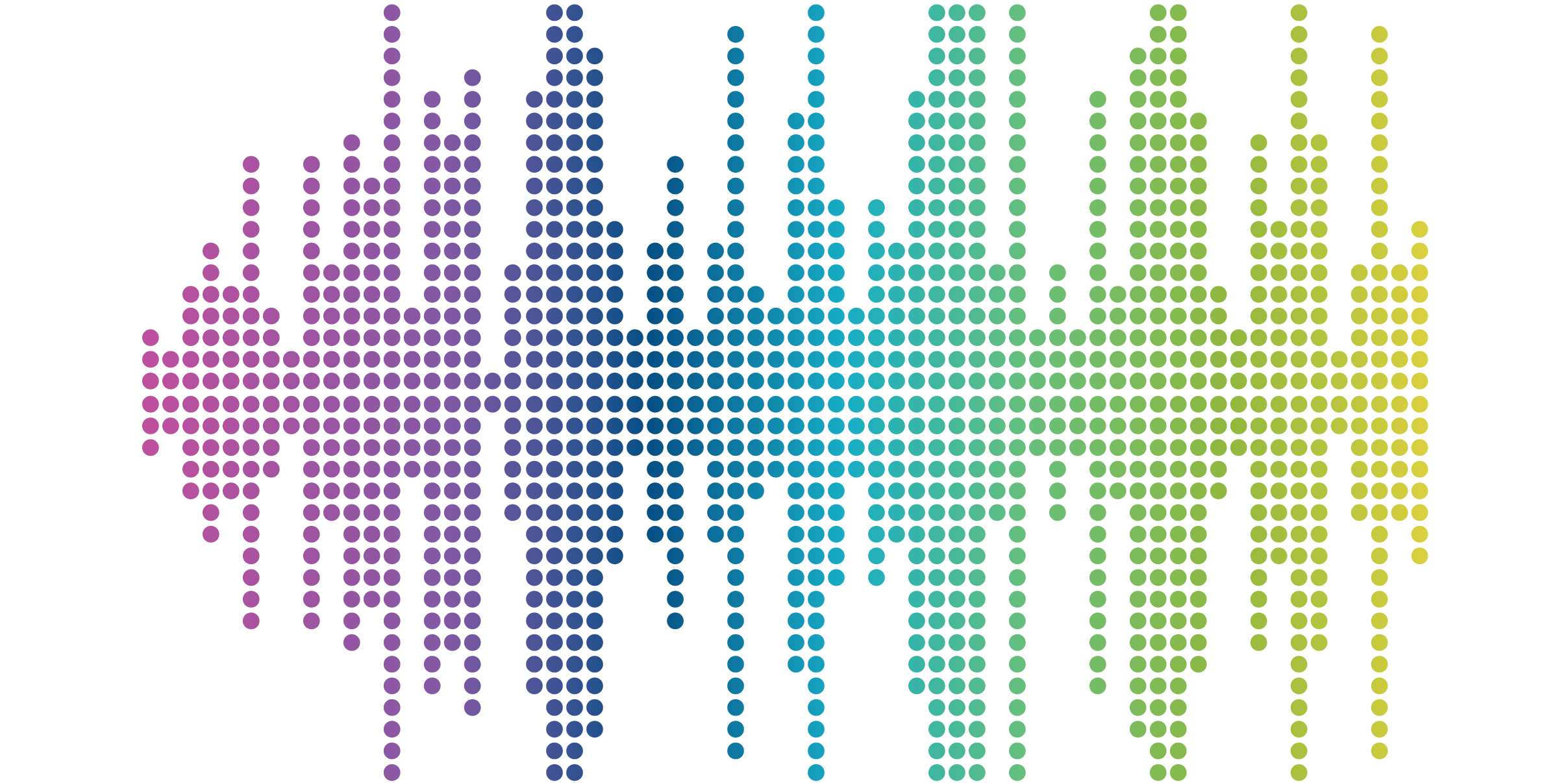
What’s Ahead for Drupal: Highlights from the 2025 Vienna DrupalCon Driesnote

SUMMARY
From AI integration to new design tools, Drupal’s roadmap is evolving fast. We’re breaking down the 4 key takeaways from the latest Driesnote and what they could mean for your Drupal site.
Table of Contents
- Drupal and the Role of AI
- Introducing Drupal Canvas
- Progress Toward Smarter, More Automated Workflows
- A New Site Template Marketplace
- Looking Ahead
Each DrupalCon gives us a look at how the platform is evolving and where the community is focusing its efforts. The recent Driesnote (the keynote from Drupal’s founder, Dries Buytaert) outlined several updates that will shape Drupal’s next chapter, particularly in areas like AI, design tools, and workflow automation.
Here are a few key takeaways that matter for organizations running Drupal websites today or contemplating it for a future build.
1. Drupal and the Role of AI
AI continues to influence nearly every digital platform, and Drupal is no exception. Dries described AI as a “storm” and encouraged the community to run towards it as bison do, which is an apt metaphor for the changes underway.
Thanks to its structured content model, fine-grained permissions, and configuration management, Drupal is already well-positioned for responsible and effective AI adoption. This foundation supports:
- Integrations that can automate or assist in content creation and personalization
- Better control over how AI interacts with and represents your content
- The potential for smarter editorial tools in future versions
Investment in this space is growing. The Drupal community has seen contributions double in the past two years, and over $1 million in funding and dedicated work hours are going toward AI-related initiatives.
2. Introducing Drupal Canvas
The new Drupal Canvas (formerly known as Experience Builder) will provide a more visual interface for page design and layout.
Canvas aims to make it easier for teams to create and edit pages using a drag-and-drop approach similar to tools like Figma or Storybook while still keeping the flexibility and governance Drupal is known for.
Early demos show promise for faster design workflows, though it will take time for modules and processes to fully adapt. An upgrade path from existing layout tools is still being defined.
3. Progress Toward Smarter, More Automated Workflows
Another area of focus is orchestration, also known as tools that help automate or simplify routine site management tasks.
The Event-Condition-Action (ECA) module provides a no-code way to build workflows, and improvements to its interface are making it easier to use. Combined with Drupal’s AI initiatives, these features could one day help site builders manage updates, personalize experiences, or streamline approvals with less manual input.
This direction reflects a broader industry trend toward more intelligent, self-maintaining systems and greater empowerment of site owners with low-code/no-code tools.
4. A New Site Template Marketplace
The Drupal community is also developing a Site Template Marketplace to make getting started with Drupal sites faster and more consistent.
Templates will follow agreed-upon standards for quality and security and are expected to include both free and paid options. This effort may be particularly useful for organizations managing multiple sites or launching campaign-specific microsites.
Looking Ahead
Taken together, these updates point to a Drupal ecosystem that’s evolving to meet the demands of modern digital experiences from AI-assisted content creation to more intuitive design tools and automation.
For site owners, the key takeaway is that Drupal is adapting to new technologies while maintaining its focus on flexibility and control.
At Sandstorm, we’re keeping close watch on these developments and testing emerging tools to understand where they can add value for our clients’ websites and digital ecosystems. If you’re interested in how we can make Drupal work for you, contact us today.




